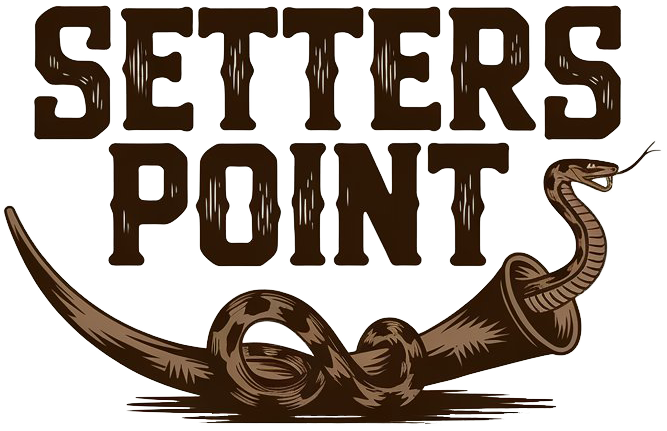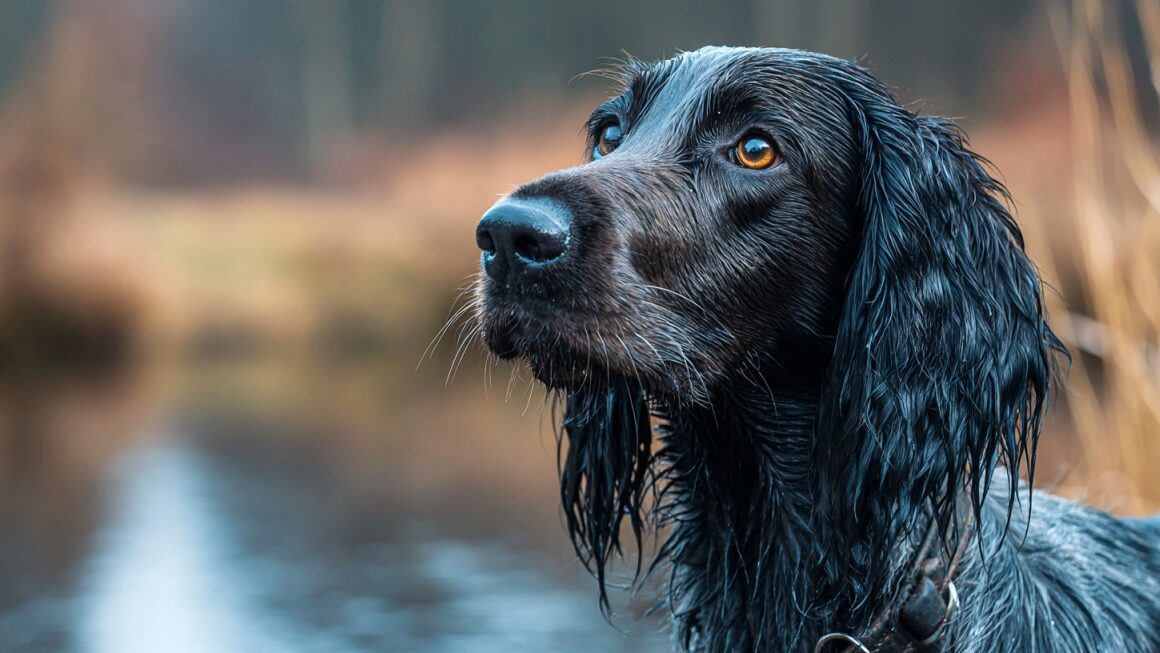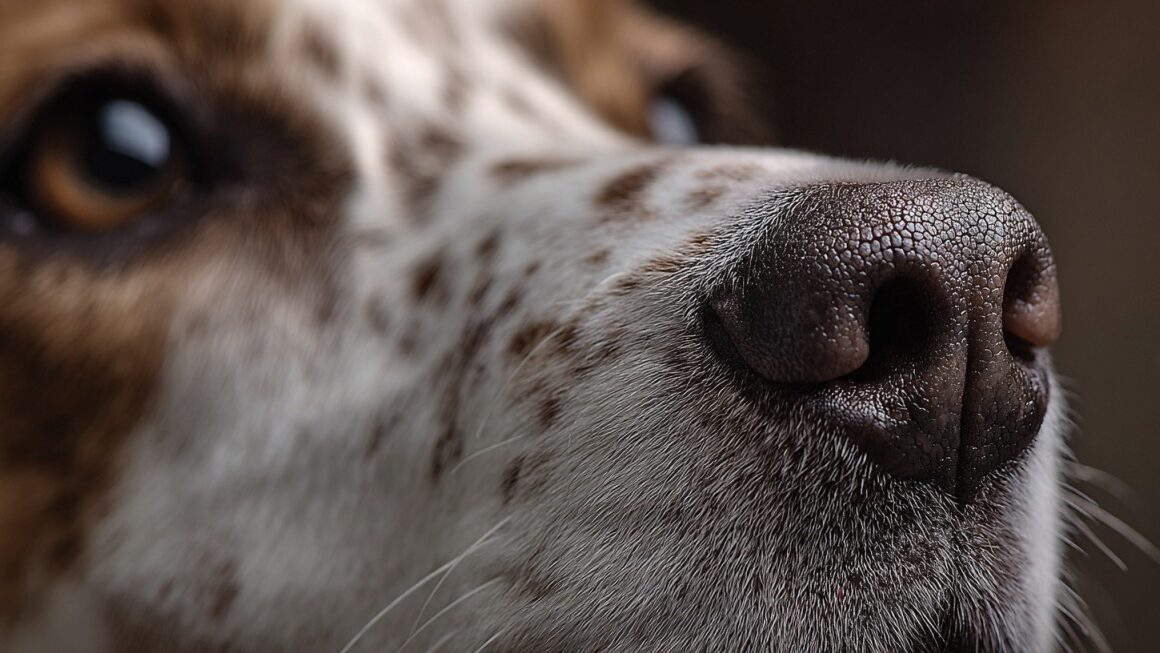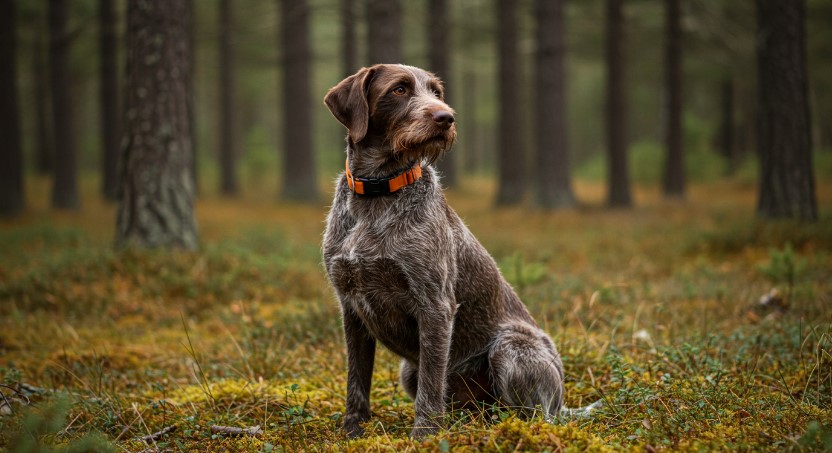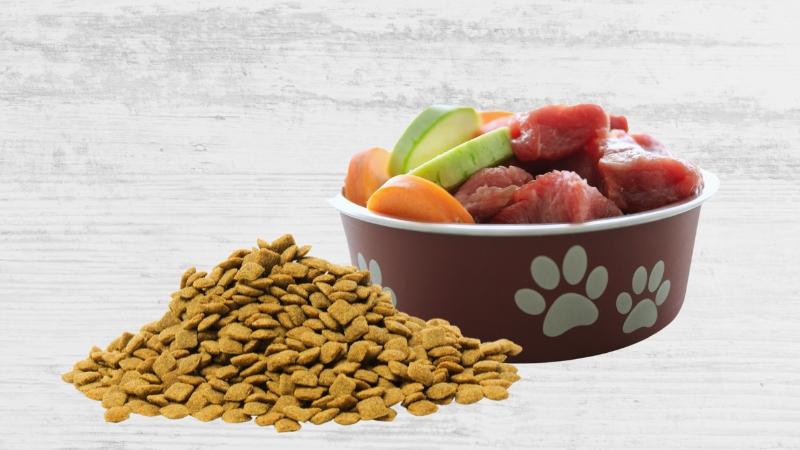Long-haired hunting dogs face extra challenges after a wet hunt. Mud, burrs, and waterlogged fur can lead to discomfort and even health issues if not addressed quickly.
Neglecting post-hunt grooming increases the risk of matting, skin infections, parasites, and decreased field performance.
A proper grooming session restores comfort, prevents problems, and keeps the coat healthy for future hunts.
Immediate Post-Hunt Assessment
After a long day in the field, a hunting dog’s coat and body often hide issues that can escalate if ignored.
Wet fur, heavy undergrowth, and physical exertion expose hunting dogs to risks such as cuts, burrs, or even hidden infections.
Conducting a careful post-hunt assessment is the first step in grooming and ensures that health concerns are addressed before moving on to coat care and bathing.
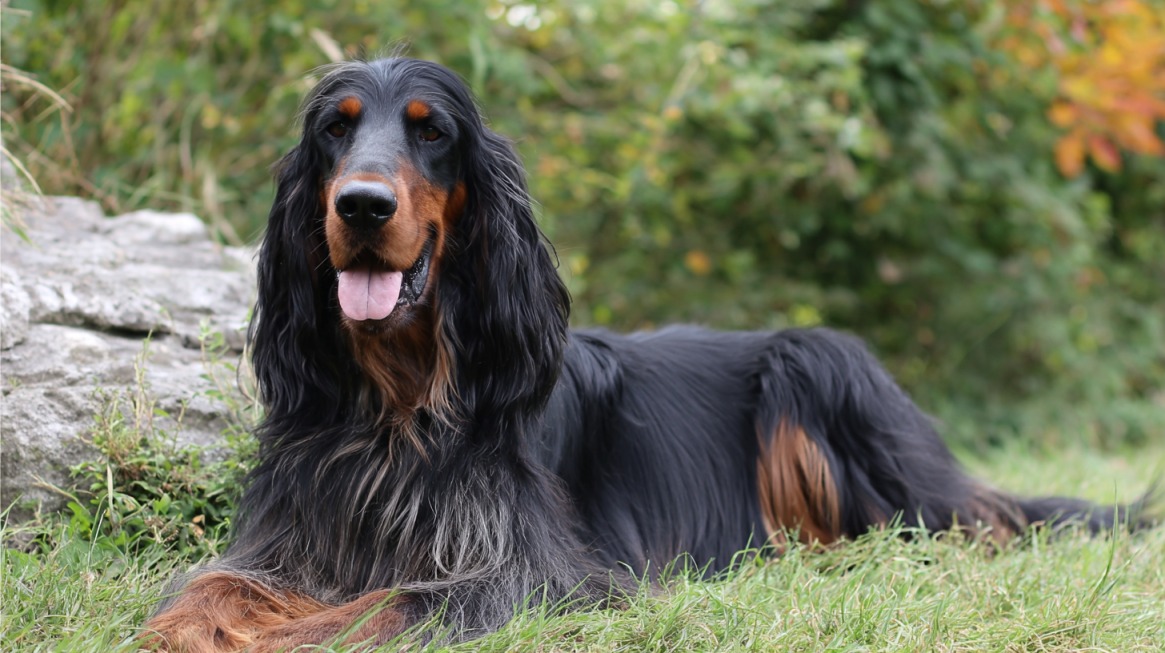
Physical Inspection
A detailed physical inspection sets the foundation for proper grooming. Long-haired coats trap debris and conceal injuries that may go unnoticed without a close look.
Start by running your hands across the body, feeling for unusual bumps, scratches, or swelling.
Part the coat in multiple areas to expose the skin beneath, as surface-level checks often miss hidden trouble spots. Pay extra attention to the belly, armpits, and inner thighs, where thorns and ticks tend to lodge.
Small wounds that seem insignificant can lead to infections if ignored, so identifying them immediately is vital.
- Cuts, scratches, or abrasions hidden by dense fur
- Thorns or burrs embedded in the skin
- Ticks or fleas hiding in less visible areas
- Unusual bumps or swelling that might indicate irritation
Behavioral Cues
Hunting dogs often reveal discomfort through subtle changes in behavior long before a visible injury becomes obvious.
Observing how your dog moves and reacts after a hunt can give important clues about hidden pain. Limping or stiffness might indicate muscle strain or a lodged thorn.
Persistent licking often signals irritation or an open wound. A normally energetic dog that shows irritability or reluctance to be touched may be experiencing discomfort.
- Limping or favoring one leg over another
- Excessive licking or chewing at specific spots
- Unusual irritability or avoidance of handling
- Reluctance to sit, lie down, or jump as usual
Quick recognition of these cues ensures that grooming sessions serve not just as maintenance but also as preventive health care, reducing the chance of minor problems escalating into major ones.
Coat Care and Detangling
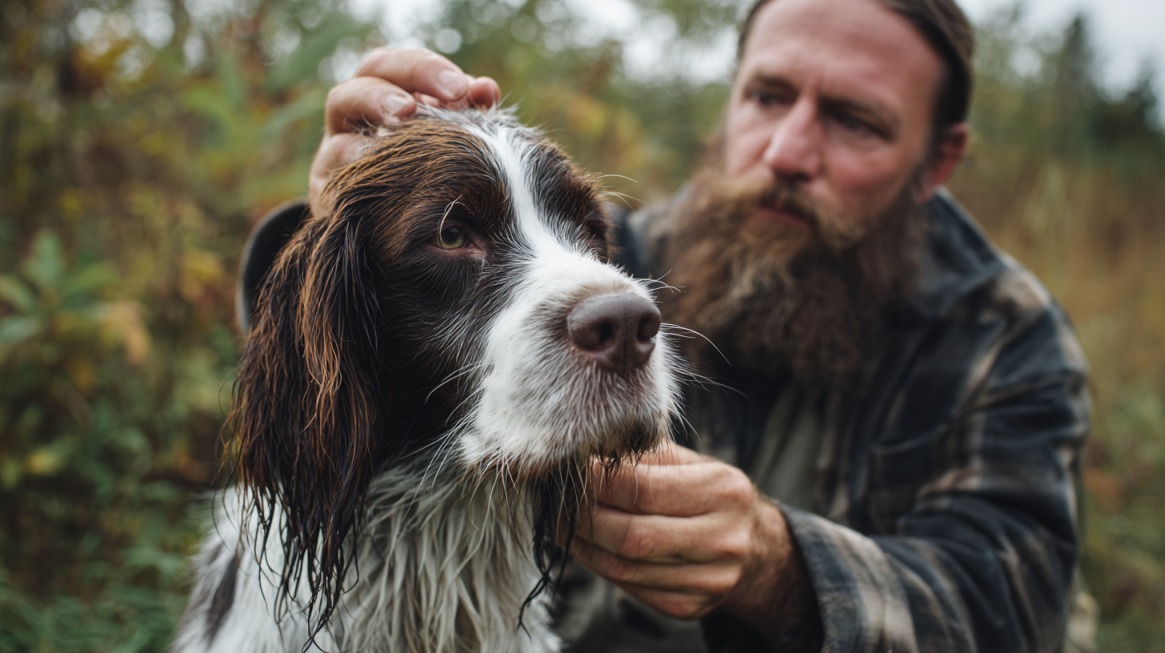
After ensuring your dog is free from injuries and showing no signs of pain, coat maintenance becomes the next priority.
Long-haired breeds suffer most after a wet hunt because mud, seeds, and tangles cling tightly to their fur. Without careful grooming, mats form quickly, creating discomfort and potentially harboring parasites.
Approaching coat care in stages, brushing, bathing, and drying, ensures the process is effective and stress-free for both dog and handler.
Pre-Bath Brushing
Brushing before bathing prevents mats from tightening and makes the wash more efficient. Working through the coat with a slicker brush or wire-bristle brush helps loosen burrs, mud, and tangles caught during the hunt. Pay extra attention to high-friction areas like behind the ears, under the armpits, and near the tail where knots form most often.
A detangling spray provides extra slip for stubborn tangles, while a sturdy metal comb or mat splitter is essential for removing cockleburs and hardened clumps.
- Slicker or wire-bristle brush for general coat work
- Detangling spray applied to matted or high-friction areas
- Metal comb or mat splitter for deep, stubborn knots
- Gentle strokes to avoid pulling or causing discomfort
Bathing Process
Bathing not only cleans the coat but also reduces the risk of irritation caused by dirt and bacteria. A mild, dog-safe shampoo should always be used, as human shampoos can disrupt natural skin oils.
For hunting dogs with especially thick coats, a high-pressure pet bathing wand, such as the Waterpik® Pet Wand PRO™, helps water and shampoo reach the undercoat effectively.
Residual shampoo left in dense fur often leads to itching or infections, so thorough rinsing is essential.
- Apply mild, dog-specific shampoo evenly across the coat
- Massage gently to loosen dirt trapped in the undercoat
- Use a high-pressure bathing wand for full coverage
- Rinse completely to eliminate all residue
Drying and Conditioning
Proper drying prevents fungal or bacterial growth that thrives in damp fur. Towels alone often fail to remove enough moisture from long coats, making a pet dryer an excellent tool for complete drying.
Start with a towel to absorb excess water, then move on to forced air drying for efficiency.
Once dry, apply a moisturizing conditioner to restore softness, reduce static, and add protection against future matting.
- Absorb initial moisture with a large towel
- Use a pet dryer or forced-air blower for complete drying
- Check dense areas like the chest and hindquarters for lingering dampness
- Finish with a moisturizing conditioner for coat health and softness
Ear and Eye Care
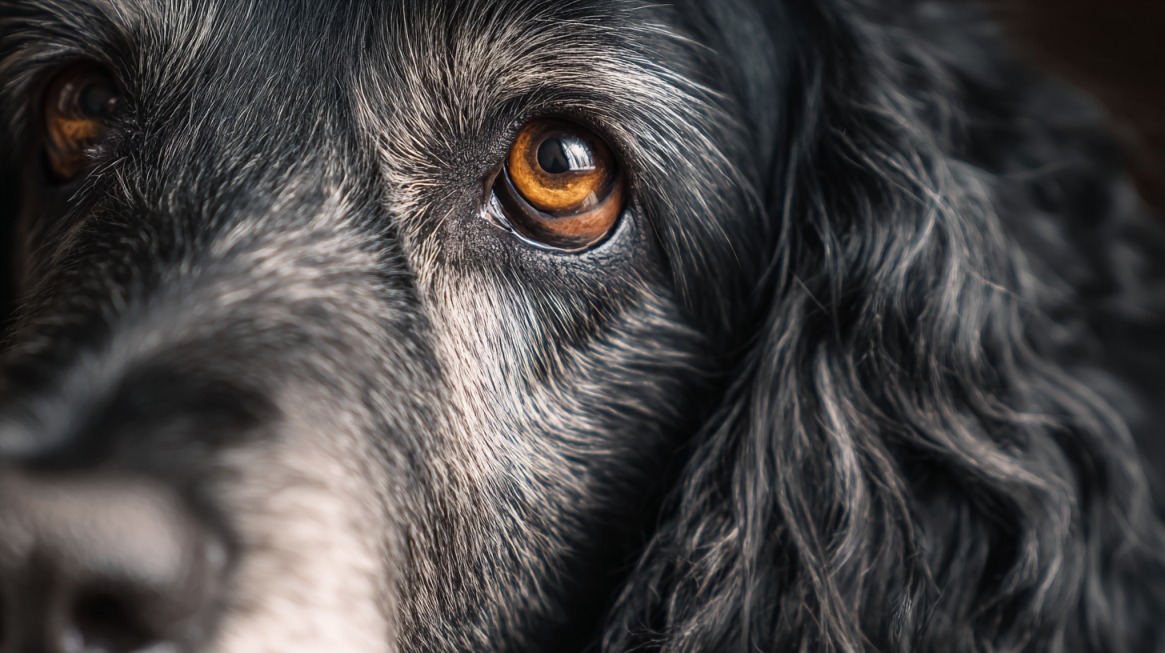
Moisture, dirt, and seeds from the field often accumulate in sensitive areas like ears and eyes after a wet hunt. Ignoring these areas increases the risk of infections that may cause long-term discomfort or health problems.
Regular inspection and gentle cleaning preserve hearing, vision, and overall well-being. Treating these delicate parts with care ensures your dog recovers comfortably after a demanding outing.
Ears
Long-haired hunting breeds are particularly prone to ear issues because their floppy or dense ear coverings trap moisture and debris.
Left unchecked, this creates an ideal environment for bacteria, yeast, and parasites.
Cleaning should always be done with a vet-approved ear solution and cotton pads, never with cotton swabs that can push debris further inside.
Lift the ear flap gently and wipe away dirt or wax buildup without probing deeply. Always observe for swelling, foul odor, or discharge, as these are early signs of infection.
- Use vet-approved ear cleaning solution with cotton pads
- Gently wipe the inner flap and visible ear canal area
- Avoid inserting swabs or sharp objects
- Inspect for redness, odor, swelling, or discharge
Eyes
Eyes are exposed to mud, grass, and seeds during hunts, especially when hunting dogs push through thick brush or water.
Even minor debris can cause irritation if not removed. A sterile eye wash is useful for flushing out particles, while cotton pads can clean the area beneath the lower lids.
Handle with care, as eyes are extremely sensitive. Look for redness, excessive tearing, or squinting, which may indicate irritation or conjunctivitis requiring professional attention.
- Flush eyes with sterile eye wash to remove dirt or seeds
- Use cotton pads to wipe gently under the lower lids
- Watch for redness, swelling, or unusual discharge
- Seek veterinary care if irritation persists or worsens
Maintaining ear and eye hygiene after hunts not only prevents infections but also ensures that your dog remains sharp and ready for future outings.
Paw and Nail Care

Hunting terrain is often rough, wet, and unpredictable. Long hours of running through fields, marshes, or rocky ground take a toll on a dog’s paws and nails.
Without proper care, cracked pads, embedded debris, or overgrown nails can lead to pain and reduced performance.
A focused paw and nail routine after every wet hunt ensures mobility, prevents infection, and keeps your partner comfortable and ready for the next outing.
Nails that grow too long affect balance and gait, making it harder for a dog to move efficiently. Hunting can wear nails unevenly, leaving jagged edges that may split or break. Use dog-specific clippers designed to cut cleanly without crushing the nail.
Trim only small sections at a time, stopping short of the quick, which contains blood vessels and nerves. If bleeding occurs, apply styptic powder to stop it immediately. Regular nail trimming prevents painful breaks and supports proper foot alignment.
- Use dog-specific nail clippers for clean cuts
- Trim in small increments to avoid hitting the quick
- Keep styptic powder nearby in case of accidental bleeding
- Maintain a regular trimming schedule for consistent paw health
Paw pads serve as natural shock absorbers but are vulnerable after a hunt in wet or rugged conditions.
Small cuts, cracks, and embedded objects like thorns or gravel can cause discomfort or infection if not addressed. Examine each pad carefully, spreading the toes to check hidden areas.
Clean between toes using a fine-toothed flea comb to remove mud, burrs, or tiny objects lodged in the fur. Once cleaned, apply paw balm or wax to moisturize dry pads and create a protective layer against rough terrain and moisture.
- Inspect for cuts, cracks, or swelling in the pads
- Spread toes apart to reveal hidden debris
- Use a fine-toothed flea comb for cleaning between toes
- Apply paw balm or wax for moisture and protection
Final Notes: Grooming as Bonding
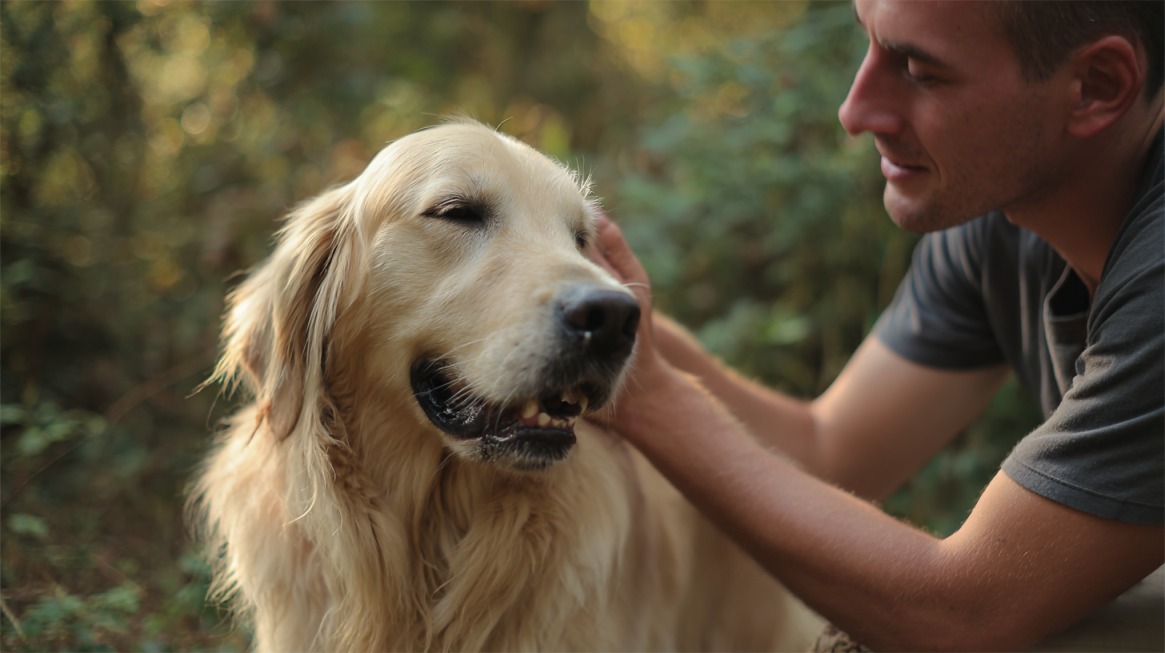
Post-hunt grooming is more than maintenance; it strengthens the bond between handler and dog.
Calm, patient sessions reassure your companion while ensuring comfort and health. Treat grooming as a positive ritual that fosters trust and cooperation over time.
When hunting dogs associate grooming with affection, they remain more willing participants in future hunts.
